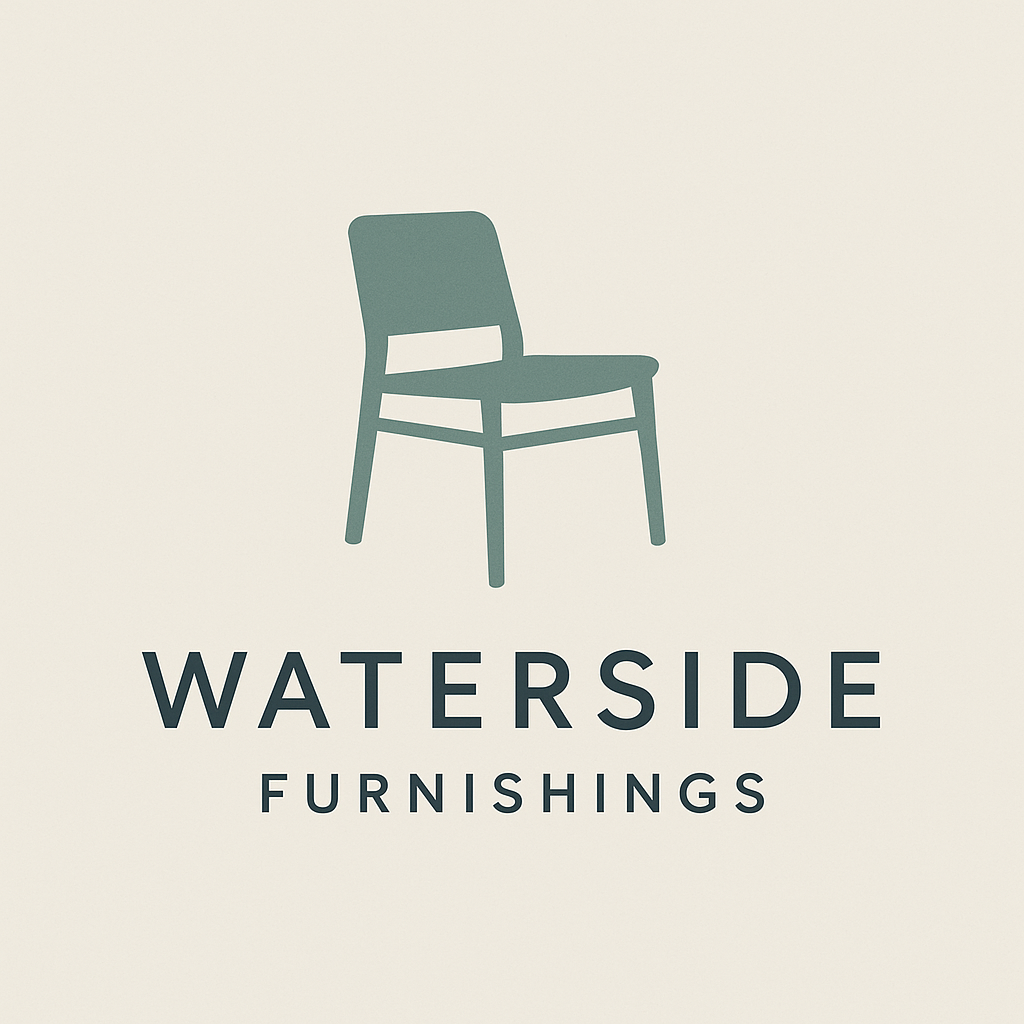Behind every exceptional interior lies a collection of stories—tales of persistence, creativity, and occasional frustration that transform client visions into tangible reality. These sourcing adventures rarely make it into glossy magazine features, yet they represent the true craft of furnishing exceptional homes. Here are some of our most memorable hunts and the lessons they taught us about the art of finding the impossible.
The Vanishing Venetian Mirror: When History Goes to Auction
The Challenge: A Sydney harbour penthouse required a specific 18th-century Venetian mirror to complete a dining room that celebrated the client’s Italian heritage. Not just any antique mirror would do—it needed to match historical pieces the client had inherited from their grandmother’s Venetian palazzo.
The Hunt: Our search began in the obvious places: established antique dealers in Melbourne and Sydney specializing in European pieces. When local sources proved fruitless, we expanded internationally, connecting with dealers in Venice, London, and New York. Three months into the search, we located a promising piece through a dealer in Murano, only to discover it had been sold the previous week to a private collector.
The breakthrough came through an unexpected source: a heritage restoration specialist in Tasmania who mentioned seeing similar pieces at a deceased estate auction in Hobart. Racing against time and other bidders, we secured the mirror through telephone bidding—sight unseen except for grainy auction house photographs.
The Lesson: Sometimes the most precious pieces hide in the most unexpected places. Building relationships with restoration specialists, estate sale coordinators, and regional dealers often yields better results than focusing solely on high-profile international sources. The Hobart mirror, originally brought to Australia by Italian immigrants in the 1920s, proved perfect for our client’s needs while carrying its own wonderful migration story.
The Impossible Sink: Custom Stone from a Closed Quarry
The Challenge: A beachfront home in Byron Bay required a bathroom sink carved from a specific variety of Queensland sandstone that would complement the site’s natural rock formations. The client, a sculptor herself, insisted on stone from the original quarry that supplied the building’s foundation stones—a quarry that had been closed for fifteen years.
The Hunt: Standard sources immediately declared the request impossible. The quarry was abandoned, equipment removed, and the site partially flooded. However, we learned that the quarry owner still lived locally and maintained small stockpiles of premium blocks for restoration projects.
A road trip to rural Queensland revealed weathered stone blocks scattered across an overgrown site, each requiring individual assessment for quality and workability. We spent two days with the former quarry master, learning to read the stone’s grain and identify blocks suitable for carving. The selected stone required careful extraction using hired equipment and transport by specialized freight carriers.
The Lesson: “Impossible” often simply means “no one has tried hard enough.” When clients have specific visions rooted in place or history, the extra effort required to source authentic materials creates connections between home and site that generic alternatives cannot replicate. The resulting sink became not just functional art but a literal connection to the land beneath the house.
The Ghost Chandelier: Recreating a Lost Design
The Challenge: A heritage-listed mansion in Toorak required restoration of its original 1920s chandelier, destroyed in a house fire decades earlier. Insurance records and family photographs provided the only documentation of the original piece—a bespoke creation by a long-defunct Melbourne lighting company.
The Hunt: With no surviving examples to examine, we began with detective work. City archives yielded building permits with lighting specifications. Descendants of the original craftsmen provided family photographs showing similar work. Museum collections revealed examples of the manufacturer’s other pieces, helping us understand their design language and construction techniques.
The real breakthrough came through a lighting restoration specialist in Adelaide who possessed original pattern books from the defunct company. These hand-drawn technical drawings, discovered in a warehouse clearance, provided crucial construction details. Working with contemporary artisans, we reverse-engineered the manufacturing process, sourcing period-appropriate crystals from Czech suppliers and recreating the bronze casting using traditional techniques.
The Lesson: Lost designs can often be recovered through patient research and craft archaeology. The key lies in understanding not just what something looked like, but how it was made. Modern artisans can often exceed historical quality standards while maintaining authentic appearance, creating pieces that are simultaneously historical and contemporary.
The Midnight Blue Kitchen: Sourcing Impossible Colors
The Challenge: A minimalist kitchen design called for cabinet fronts in a specific shade of midnight blue that existed only in the client’s memory—the color of twilight over the Mediterranean as seen from their childhood home in Greece. No manufacturer offered anything close to this deeply personal hue.
The Hunt: We began with paint manufacturers, none of whom could replicate the complex, shifting tones the client remembered. The color seemed to change with light conditions, appearing almost black in dim light but revealing deep blue undertones in bright conditions.
The solution emerged through an unexpected collaboration with a yacht paint specialist accustomed to creating custom colors for discerning boat owners. Using automotive color-matching technology combined with traditional pigment blending, we developed a formula that captured the memory’s essence. The final specification required multiple base coats and specialized application techniques typically reserved for high-end automotive finishes.
The Lesson: Sometimes the most challenging requests aren’t about finding existing pieces but creating new ones that capture emotional essence rather than physical reality. Working with specialists from adjacent industries—automotive, marine, aerospace—often provides access to technologies and techniques unavailable through traditional furniture suppliers.
The Traveling Timber: Following Trees Across Continents
The Challenge: A wine cellar project required ceiling beams from French oak trees that had been used to age wine, believing the timber would carry subtle aromatics that would enhance the cellar’s atmosphere. The client specified wood from barrels that had aged Burgundy wines for at least fifty years.
The Hunt: French coopers initially resisted selling their used barrels for architectural purposes, viewing it as wasteful. Persistence and cultural sensitivity eventually opened conversations with traditionalist coopers who understood our client’s poetic vision. The challenge then became logistics: transporting carefully selected barrel staves from Burgundy to Australia while maintaining their aromatic properties.
Working with wine importers familiar with international shipping regulations, we developed a preservation and transport protocol that maintained the wood’s character during the month-long journey. The timber arrived bearing subtle wine aromatics that have continued to contribute to the cellar’s atmosphere years later.
The Lesson: Cultural understanding often proves as important as logistical capability. What initially seemed like commercial obstinacy revealed itself as craft pride. When approached with appropriate respect for traditional practices, artisans often become enthusiastic collaborators in preserving and extending their craft traditions.
The Invisible Hardware: When Nothing Is Everything
The Challenge: An ultra-minimalist home required cabinet hardware that would be completely invisible when closed but provide smooth, reliable operation. Existing invisible hardware systems proved inadequate for the substantial solid timber doors specified in the design.
The Hunt: Standard furniture hardware catalogues offered nothing suitable. We explored aerospace and marine industries, finding promising leads in yacht cabinetry where similar challenges exist. A New Zealand marine hardware manufacturer had developed magnetic latching systems for boat galleys that could be adapted for residential use.
The adaptation process required custom engineering to handle the specific weights and operating forces of our application. Multiple prototypes and field testing in our workshop ensured reliable operation before installation. The final system operates entirely through magnetic forces, creating the illusion that heavy timber doors open and close without visible means.
The Lesson: When standard solutions don’t exist, look to industries facing similar challenges under different constraints. Marine, aerospace, and medical equipment industries often develop solutions that can be adapted for residential use, bringing performance characteristics unavailable through traditional furniture suppliers.
The Phoenix Tiles: Resurrection from Rubble
The Challenge: A bathroom renovation in a 1930s Art Deco apartment required matching tiles for repair work, but the original manufacturer had ceased operations sixty years ago. Only fragments remained to guide the reproduction.
The Hunt: Architectural salvage yards yielded additional fragments but not enough complete tiles for pattern analysis. A breakthrough came through the local historical society, which had documentation from the building’s original construction. This led us to the original manufacturer’s successor company, which had maintained pattern archives despite no longer producing residential tiles.
Using these archives combined with modern ceramic technology, a specialist manufacturer recreated the original glazes and firing techniques. The new tiles matched seamlessly with surviving originals while offering superior durability through contemporary materials science.
The Lesson: Institutional memory often survives longer than the institutions themselves. Historical societies, trade organizations, and successor companies frequently maintain records that can enable authentic reproductions. These reproductions can often exceed original quality while maintaining authentic appearance.
The Network Effect: Lessons in Relationship Building
Each challenging sourcing project reinforced the critical importance of relationship building across diverse industries and geographic regions. Our most valuable resources aren’t catalogues or websites—they’re people who understand their crafts deeply and are willing to share knowledge and connections.
The Curator’s Philosophy We’ve learned to approach sourcing as curation rather than shopping. This means understanding not just what clients want, but why they want it, what it means to them, and how it fits into their larger vision. This deeper understanding often reveals alternative solutions that serve clients’ true needs better than their initial specifications.
Patience as a Professional Tool The best pieces rarely appear on demand. We’ve learned to maintain multiple simultaneous searches, following leads that may not yield results for months or years. This patient approach allows us to find exceptional pieces that rushed timelines would miss.
The Global Village Reality Modern communication technology has transformed sourcing by making the world’s craftspeople accessible, but it hasn’t eliminated the importance of personal relationships and cultural understanding. The most successful sourcing relationships blend digital connectivity with old-fashioned respect for craft traditions and local knowledge.
What These Hunts Taught Us About Client Service
Every challenging sourcing project reveals something essential about the relationship between exceptional service and client satisfaction. Clients don’t just want beautiful objects—they want their stories heard, their visions understood, and their emotional connections honored.
The most successful projects occur when we become partners in our clients’ creative visions rather than simply fulfillment services for their shopping lists. This partnership approach transforms sourcing from a transactional exercise into a collaborative creative process that often yields results exceeding everyone’s initial expectations.
The hunt never really ends—each completed project reveals new sources, develops new relationships, and creates new possibilities for future challenges. In our business, every “impossible” request is simply an opportunity to discover something wonderful that we didn’t know existed.

